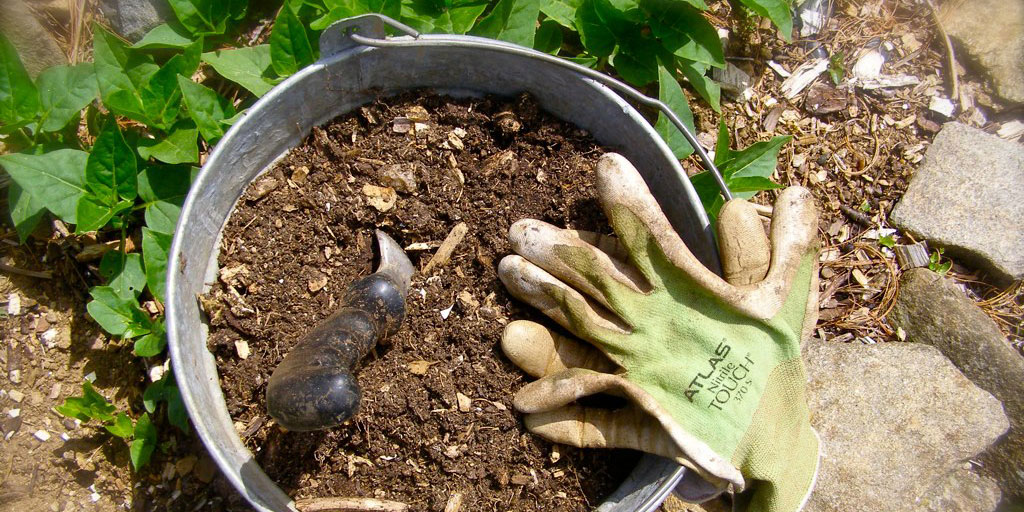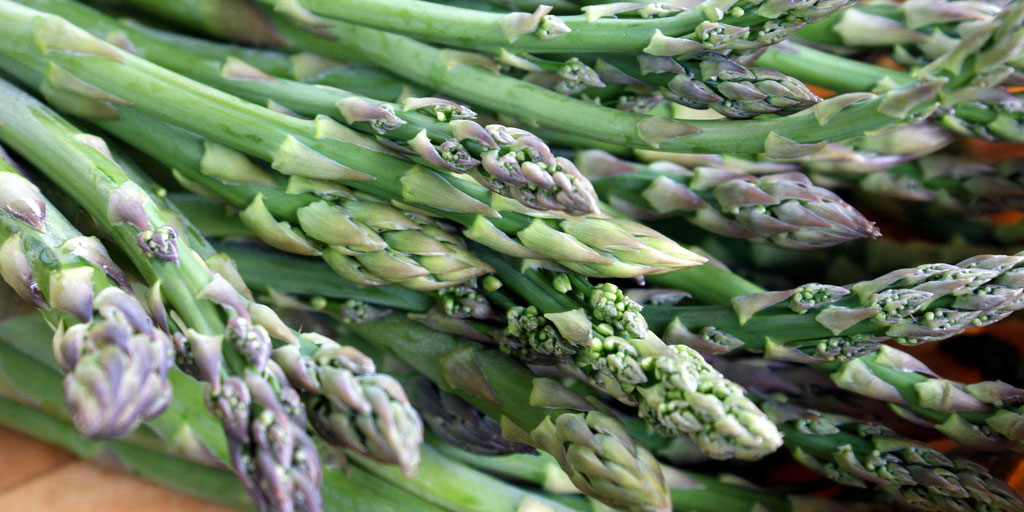Pro agricultural extension agent Patrick Sweatt shares his experiences with fertilizer, and tells how to understand the ever-important fertilizer label.
“Mixing-fertilizer Day” was always an exciting day on the organic farm in Alaska, where I worked during college. On the one hand, this was one of the first jobs we did outdoors in the spring—with the first bit of sunlight we’d seen in months warming the snow, it was an opportunity to get outside and really stretch our legs. On the other hand, it was such a rigorous and smelly job we knew that at the end of the day we were all but guaranteed a coveted shower in the main farm house.

Pallets of bagged fish meal, greensand, and agricultural lime awaited us in the mixing shed on fertilizer day. We’d measure them out into a concrete mixer, following recipes printed on laminated notecards. When the components were fully mixed we poured it out into sturdy plastic bags, weighed them, and added them to the growing pile, each labeled with its intended destination on the farm.
Some “starter” mixes got more fishmeal because they needed more nitrogen, while the tomato fertilizers got less. Mixes for the potted hanging plants required a different level of acidity, and hence more lime, than the apple trees.
We learned a lot about horticulture from picking up bag after bag of fertilizer, but thankfully there is an easier way for you to understand how to make plants grow—and it’s printed right on the bag!
With a Fertilizer Label It’s All About Proportions
While blood meal, bone meal, phosphorus, and ammonium nitrate might all sound like potions homework at Hogwarts, they’re really just different components of different fertilizers. It’s the exact proportion in which ingredients like this exist that makes fertilizers appropriate for a garden, flowers, or a lawn.

While most fertilizer bags will have a carefully marketed name on the front of the bag, what you really want to look for (like anything else) is the ingredient list, or in this case, the “Guaranteed Analysis.” This will be under a heading of the same name, usually in a bottom corner, and will start with a series of numbers separated by hyphens: 18-6-2 is one example.
Below that there should be a series of letters (which are actually elemental symbols: in this case, N-P2O5-K2O.
Now, while this already might seem like we’ve gone down the rabbit hole, these two collections of numbers and letters are actually very simple to understand. The letter values (N-P2O5-K2O) are telling us what actual ingredients are in this fertilizer, specifically nitrogen, phosphate and potash.
These are the three most common ingredients that you’ll see in any fertilizer that you buy from your local garden store, and they are always presented in this order.
The numbers that I mentioned earlier are what tell us how much of each of these ingredients is in the fertilizer bag—they correlate perfectly, telling us that out of the entire fertilizer bag, 18% is nitrogen, 6% is phosphate, and 2% is potash.
If you walk up and down the aisles of a garden center, you’ll see that the ingredients are always in the same order on a fertilizer bag, but the numbers change, reflecting different proportions of each in different fertilizers.
19-19-19 is a common fertilizer to see recommended in some cases, as is 18-46-0, depending on the soil’s needs. If you’ve read our earlier column on getting your soil tested then you should have no trouble matching up the test recommendations with the values from any fertilizer’s Guaranteed Analysis—it’s that easy!
But What about the Blood Meal?
So, let’s say that you get a soil test back that says, “Great soil! You have all the phosphate and potash you need to grow peppers, all you need is 15 pounds of 30-0-0 fertilizer per 1000 square feet.”
From your new knowledge of fertilizer labels, you will know that the soil test is telling you that you need nitrogen (since the recommended fertilizer only has that first ingredient!), and that when you go shopping you will need to find a product that has that same 30-0-0 value.
Products like this with only one ingredient are known as ‘incomplete’ fertilizers, whereas those with multiple ingredients are actually known as ‘complete’ fertilizers.







My wife recently decided she wants to take up gardening, but doesn’t know what fertilizer she ought to use for her plants. I thought it was interesting to learn that most fertilizers contain the same ingredients, but they have different amounts of those ingredients based on your needs. Do you think speaking with a gardening professional would be her best option to determine what type of fertilizer would best fit her needs?
Hi, John! I think it could help in terms of general knowledge — for instance, if you have azaleas the pro could tell her there are fertilizer mixes made for azaleas. There are also mixes specifically made for tomatoes. That would be helpful especially if she’s not sure what plants are growing in your yard. But I don’t think a pro can give truly accurate advice without having your soil tested. (There’s an article on my website about how to do it here).
I say this because I had my soil tested for the first time this year. I never had before and I wanted to have the best garden of my life. (And I know a lot about gardening.) That soil test made a huge difference! Everything I planted is thriving now like never before. The soil test revealed that my soil had all the nutrients I needed, except it was low on nitrogen. In past years I’d add fertilizer mixes and then I’d watch some things wither and die. Now I realize that I was giving too much of some nutrients. I wish I’d known before what a big difference it could make.